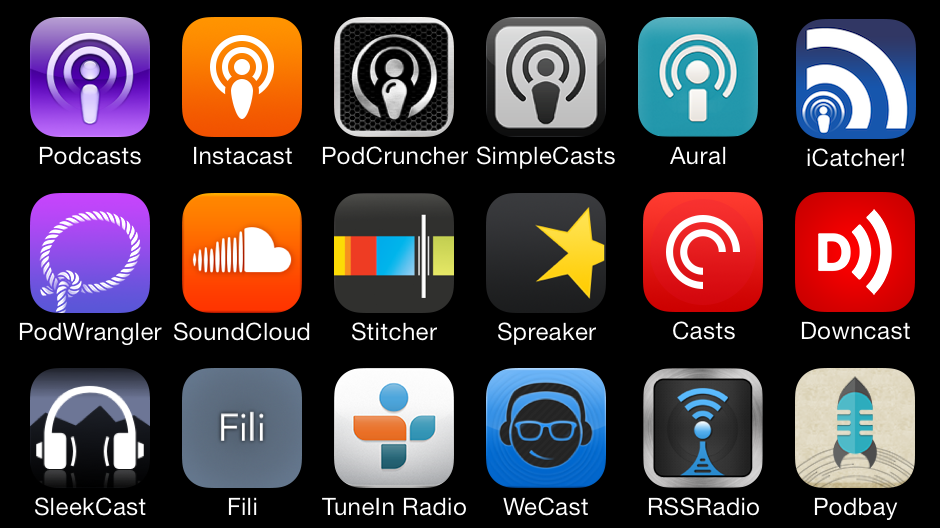Podcasting in the Classroom
Digital literacy is the ability to use information and communication technologies to find, evaluate, create, and communicate information, requiring both cognitive and technical skills. Digital literacy is one of the key pillars of digital citizenship. There are many methods and strategies that can be utilized to implement digital literacy in your classroom. One method of implementing them in the classroom would be through podcasting. A podcast is a digital audio file that made available on the Internet for downloading to a computer or mobile device, typically available as a series, new installments of which can be received by subscribers automatically. In other words, podcasts are a lot like talk radio but on demand. Podcasting is a free and easy way to provide students a gateway to digital literacy. It can be as simple as recording instructions for an assignment or as complex as guiding your students through an advance concept.
The following picture provides examples of various podcasting applications available on the market that can be used to implement podcasts in the classroom.

The following video is called "Podcasting for Teachers: How-to Make & Use Podcasts as an Educational Tool". It provides various resources and methods for implementing podcasts.
I feel that podcasting can be very beneficial in furthering student learning, differentiating learning in order to fit the various need of the students, and allowing the students to learn through the implementation of technology. The world today is heavily dependent on technology, and students must be proficient in utilizing it. I personally feel that too much technology in the classroom can hinder student growth. It is crucial to know your students and how they learn in order to ensure their needs are met. In the future, I hope to implement podcasting in my classroom through various methods such as providing guided practice in order to support students with various needs, guiding students through various activities, supplementing a video or lesson that you have already taught, reviewing and studying tool, and prompting students to demonstrate their learning by allowing them to create their own podcasts.

No comments:
Post a Comment